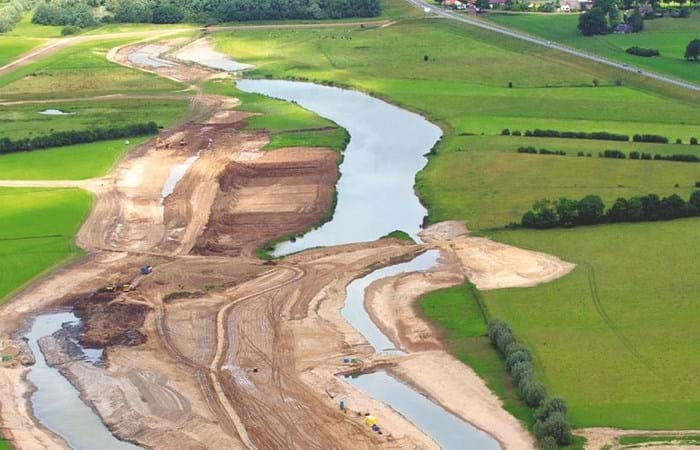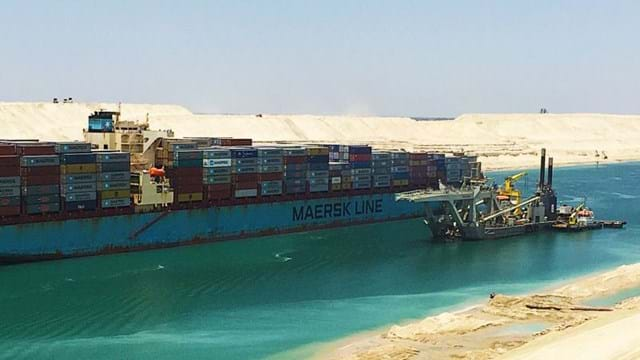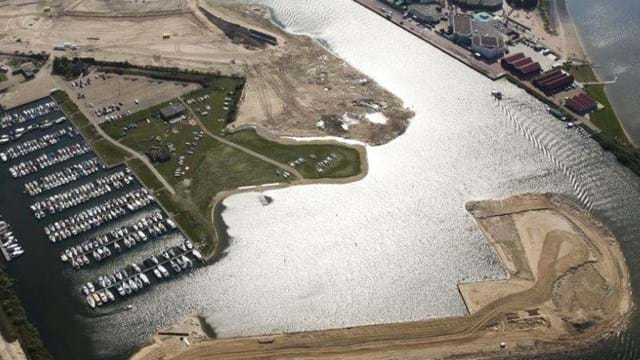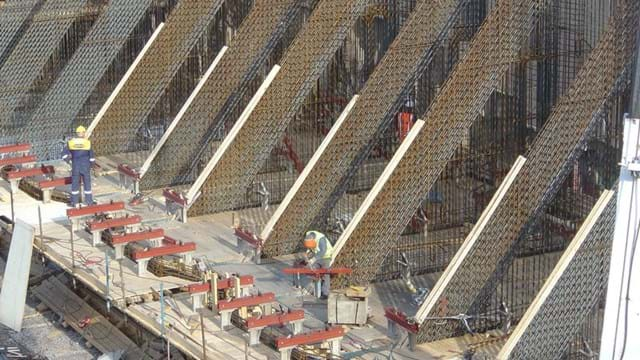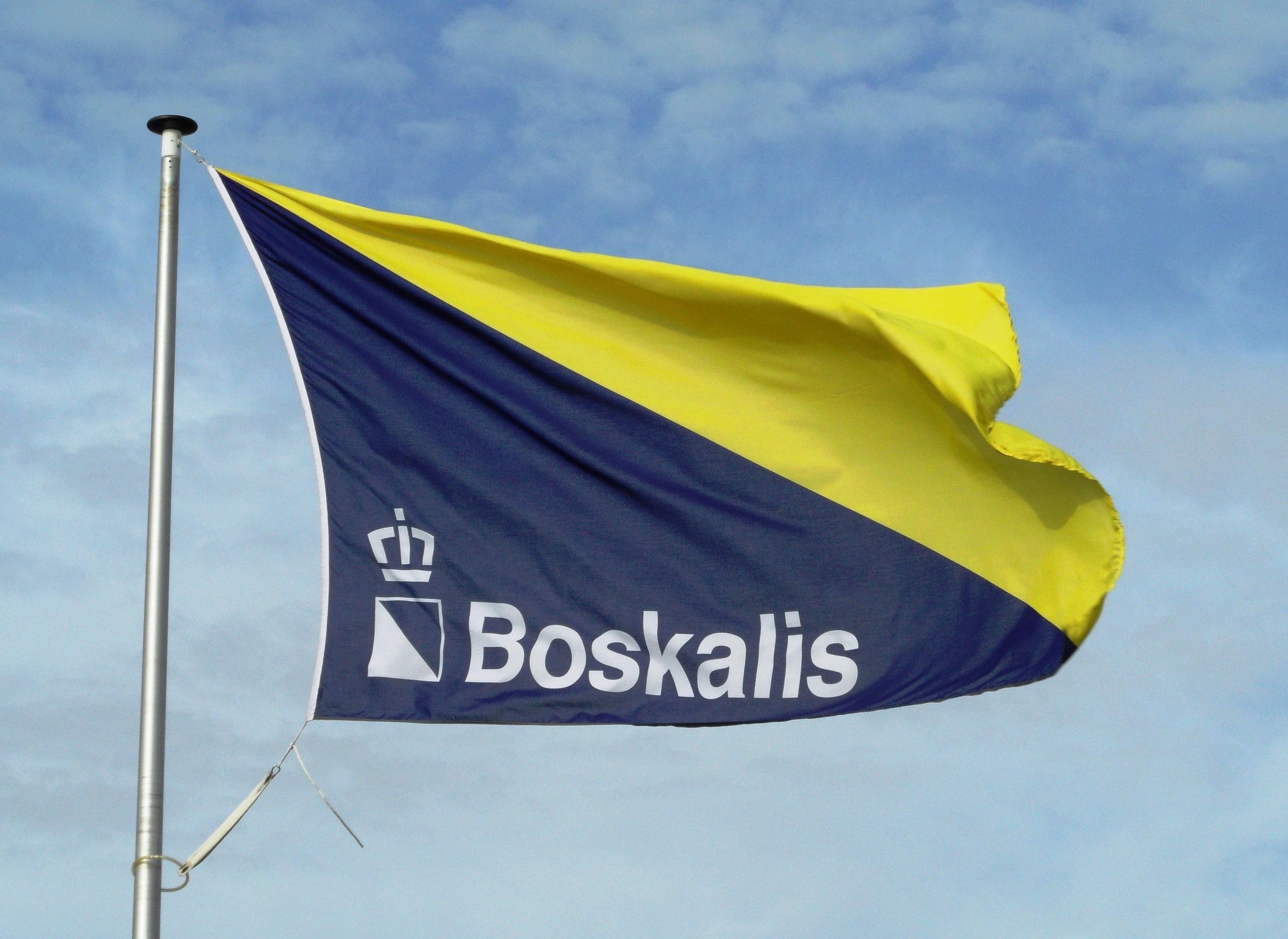Boskalis designs, builds and maintains inland ports and waterways. We construct channels and canals, quay walls, locks and sluices. We also offer solutions to combat high river water levels and the effects of severe rainfall. Options include widening rivers, creating secondary channels, upgrading dikes, constructing overflow areas and creating new areas for nature.
Creating cost-effective opportunities
Boskalis specializes in creating opportunities for inland ports and waterways. Costs are always crucial in any large infrastructure project. Our team of specialists not only carefully assesses your project’s economic feasibility and potential risks. We also identify the opportunities – such as re-using dredged material for building material, or to create new recreation and nature areas.
Our inland ports and waterway solutions
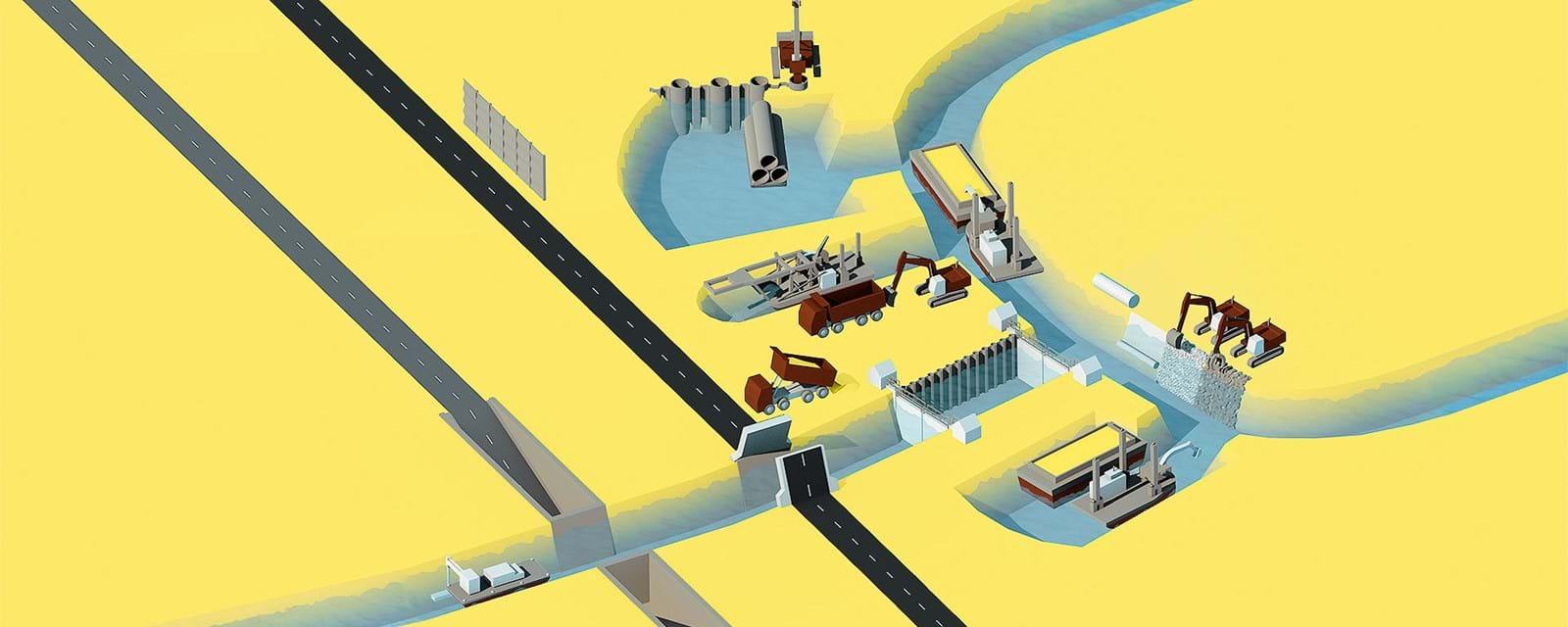
Project highlights
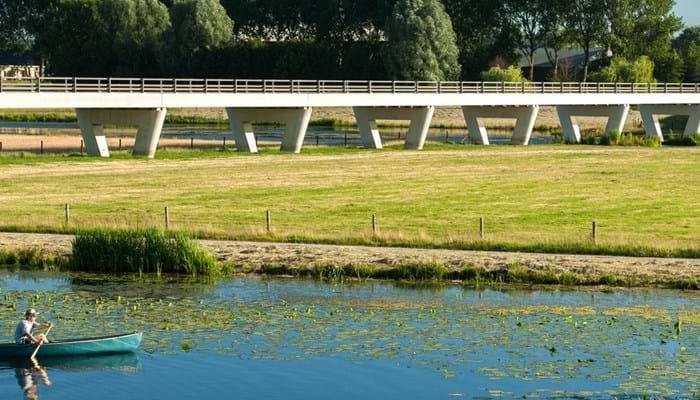
Boosting Dutch flood defenses
Boskalis is involved in many projects forming part of the Netherlands’ ‘Room for the River’ program, designed to provide more space for the rivers Rhine, Meuse, Waal and IJssel. Success demands innovative solutions, co-creation and stakeholder management.
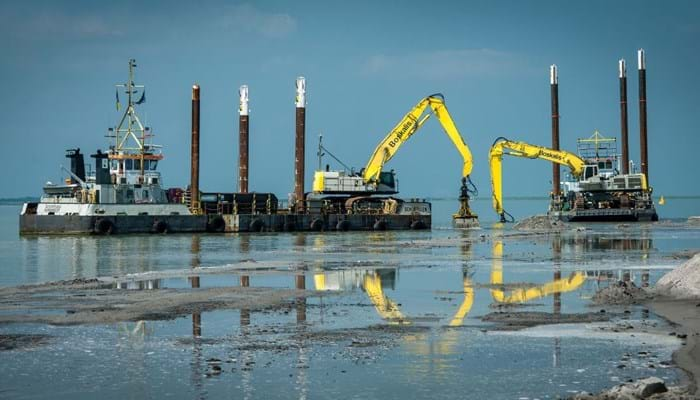
Building with Nature par excellence
The Marker Wadden is one of the largest nature restoration projects in Western Europe. In our Creating New HORIZONS magazine we explain how this project will transform the ecologically impoverished Markermeer lake into a flourishing area.
